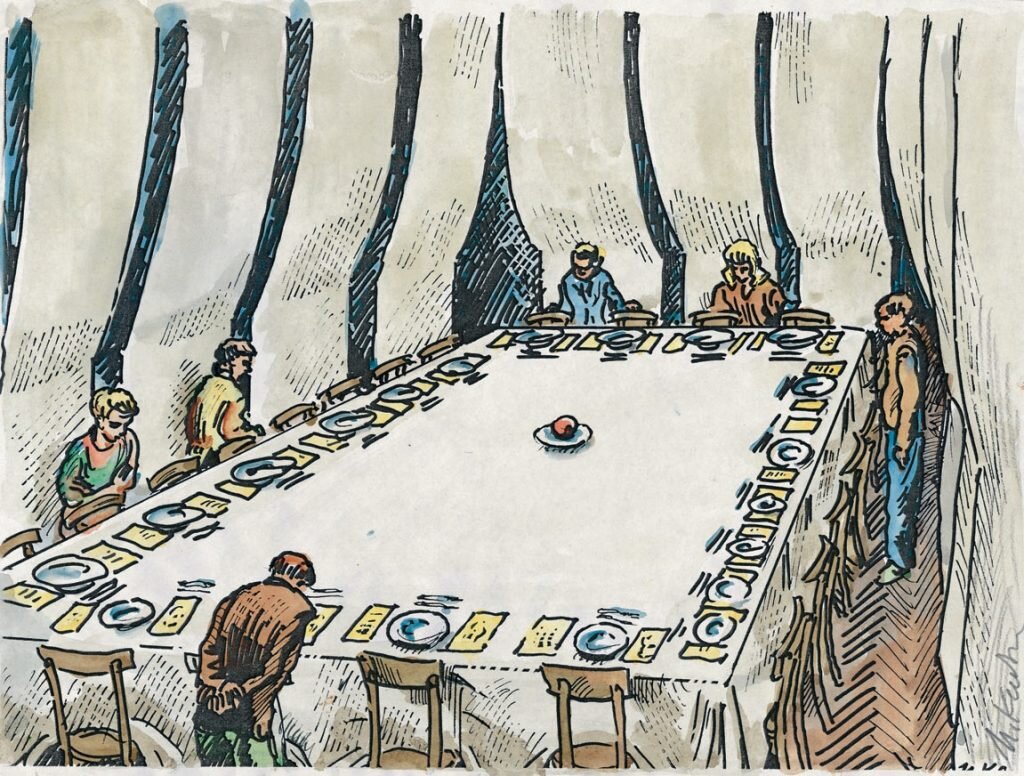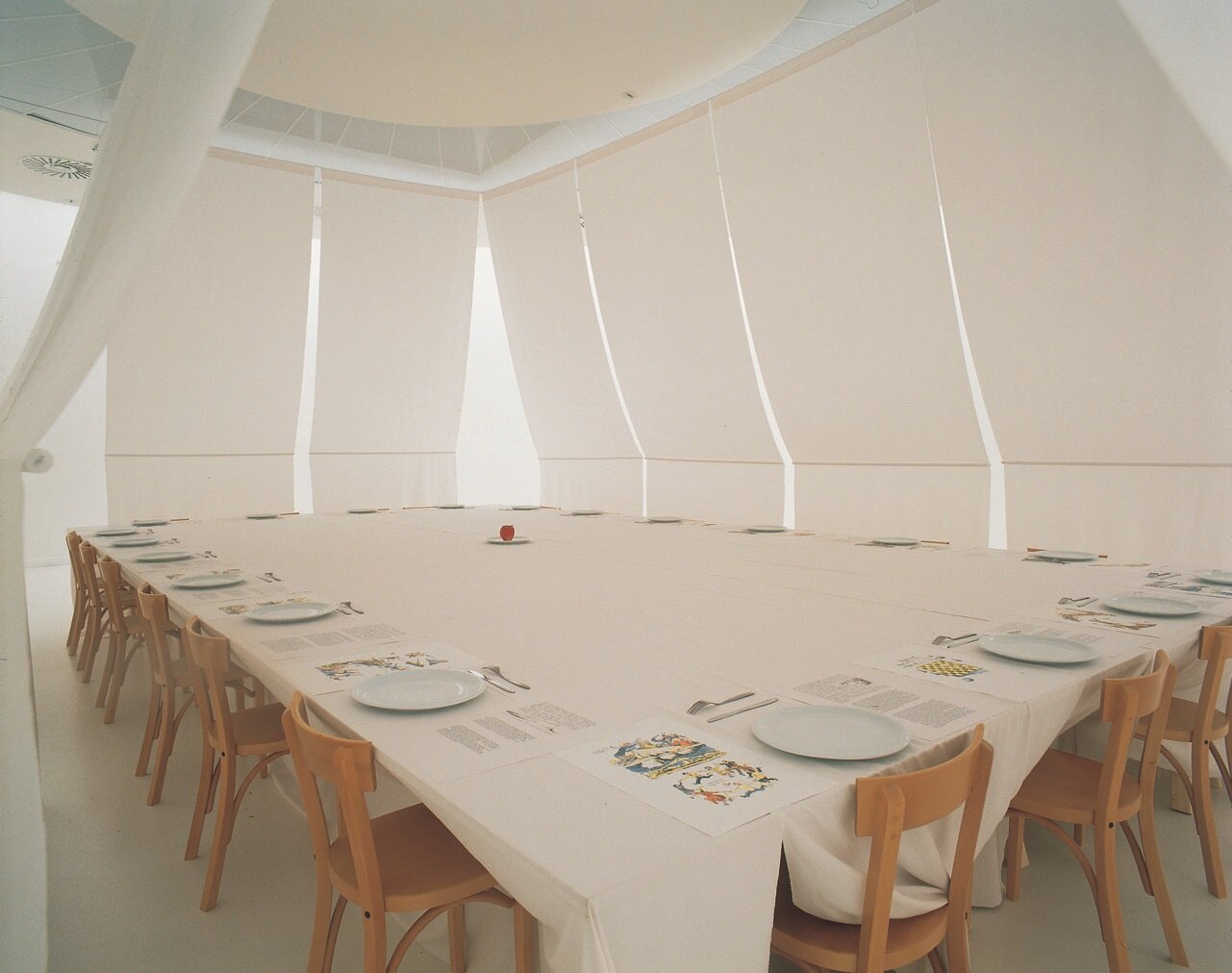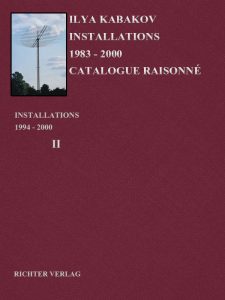20 Ways to Get an Apple Listening to the Music of Mozart
YEAR: 1997
CATALOG NUMBER: 109
PROVENANCE
Version 1
Collection of the artist
See No 118
Version 2
Collection Moderna Galerija, Ljublijana, since 1999
Version 3
Collection Columbus Museum of Art, Columbus, since 2001
NOTES:
See CRI vol 3, No 67, pp 366-387
EXHIBITIONS
Version 1
Moderna Galerija, Ljubljana, Slovenia
20 Ways to Get an Apple Listening to the Music of Mozart, 12 May – 15 June 1997.
Museum van Hedendaagse Kunst Antwerpen, Antwerp, Belgium
16 Installaties, Muhka, 17 April – 23 August 1998 (as part of No 118, 16 Installations, Room 16).
Version 3
Columbus Museum of Art, Columbus
20 Ways to Get an Apple Listening to the Music of Mozart, 1 February – 10 June 2001
Hay-Art Cultural Center – Yerevan, Armenia
Triennial of Contemporary Art in Armenia, 21 Jul 2017 – 30 Sep 2017
Power Station of Art, Shanghai, China
The installation was exhibited as part of the installation “The Strange City,” No 193, which included the installations The Dark Chapel, The Gates, Empty Museum, and The Fallen Angel, , August 7 to December 6, 2015
CONCEPT AND DESCRIPTION OF THE INSTALLATION
Entering into the gallery dwelling, the viewer sees an enormous table occupying a disproportionate space in the room: only a narrow space is left for the viewer to get around it, flattening himself against the wall. The table is covered with a white tablecloth. Along all four sides, there are plates and silverware arranged in a row. A drawing lies to the left of each, a text lies to the right. Exactly in the middle of the table is a plate with an apple lying on it. It is placed in such a way so that it is impossible to reach it from any side of the enormous table. Three large boards are standing along the three walls of the room, painted white, and a half of each board is covered on both sides with white material in such a way that they form even, vertical pleats. Hence, everything in the place, turns out to be white. White is the main color of the installation. At each place setting – there are 20 in the installation – there is a chair (preferably wooden with a simple pattern). The music of Mozart, light and transparent, can be heard in the room, one of his piano pieces. Such is the visual and ‘aural’ description of the installation.
Now we shall turn to a description of the drawings and texts on the table, which, one after another, should be read and examined by the viewer, who moves in a circle from left to right ‘clockwise’ around the table.
The texts lying to the right of the plates tell about and explain a ‘way’ to get the apple. Each time this ‘way’ is new and unexpected. Here is a large ‘fan’ of diverse possibilities: philosophical, linguistic, magical, technological, psychological, political, etc. Each way is described in extraordinary detail and very seriously, and, in a certain sense, all of this taken together – all 20 ways – represent a small encyclopedia of all possible ways of ‘appropriation’ – except, of course, the most simple and inaccessible way: to grab it with your hand and take it. The drawings lying on the left of the place settings in each case serve as an illustration, a visual commentary on these texts.
All of this, both the text and the drawings, have an extremely serious and profound appearance. But the very atmosphere of the installation – the white walls, the white curtains, the lighting in the installation and the music resounding in it – impart to all of this a nuance of playfulness, festivity, and irony.
Images
Literature







